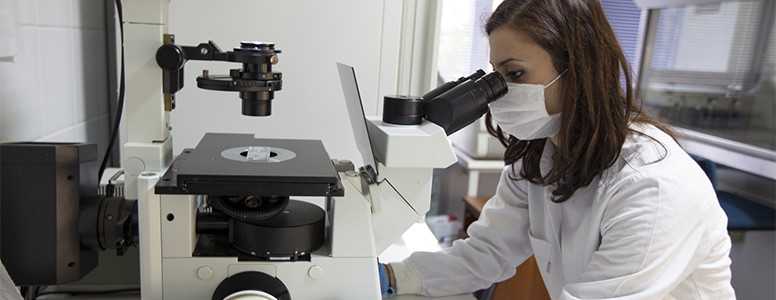Reducing exposure to a wide range of household chemicals by 25 per cent could prevent more than 150,000 cases of type 2 diabetes in Europen, research suggests.
A new study published in the online Journal of Epidemiology and Community Health estimates this could save European health systems up to €4.5 billion every year.
Scientists led by New York University researcher Leonardo Trasande evaluated data from more than a thousand 70-75 year olds living in the Swedish city of Uppsala, all of whom had been exposed to chemicals that disrupt the endocrine system, such as phthalates, PCBs, pesticides and perfluoroalkyls. These are all used in a wide range of household products such as textiles, cleaning agents and paper baking moulds.
Researchers studied how the chemicals affected the bloodstream and used the findings to estimate the number of type 2 diabetes cases among this age group using European prevalence data over a 10-year period.
They estimated that a 25 per cent reduction in exposure to these chemicals would result in a 13 per cent drop in cases of type 2 diabetes among seniors. This would mean 150,000 few incidences of the condition.
This association still existed after accounting for other factors such as sex, BMI, alcohol intake and physical activity.
“Our findings speak to the need for a strong regulatory framework that proactively identifies chemical hazards before they are widely used, and the use of safer alternatives,” said the researchers.
“In the absence of such a framework, newly developed synthetic chemicals may emerge as diabetogenic exposures, replacing banned or substituted hazards as contributors.”
The study team also calculated that if BMI was to fall by 25 per cent then a 40 per cent reduction in diabetes prevalence would occur among this age group in Europen, leading to 469,172 fewer incidences and annual savings of €13.9 billion.
The researchers acknowledge a limitation to this study is that the estimates were based on limited data and that some confounding factors may have resulted in overestimation of the chemical exposure.
What's new on the forum? ⭐️
Get our free newsletters
Stay up to date with the latest news, research and breakthroughs.









